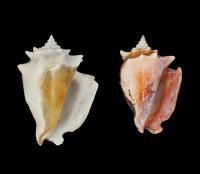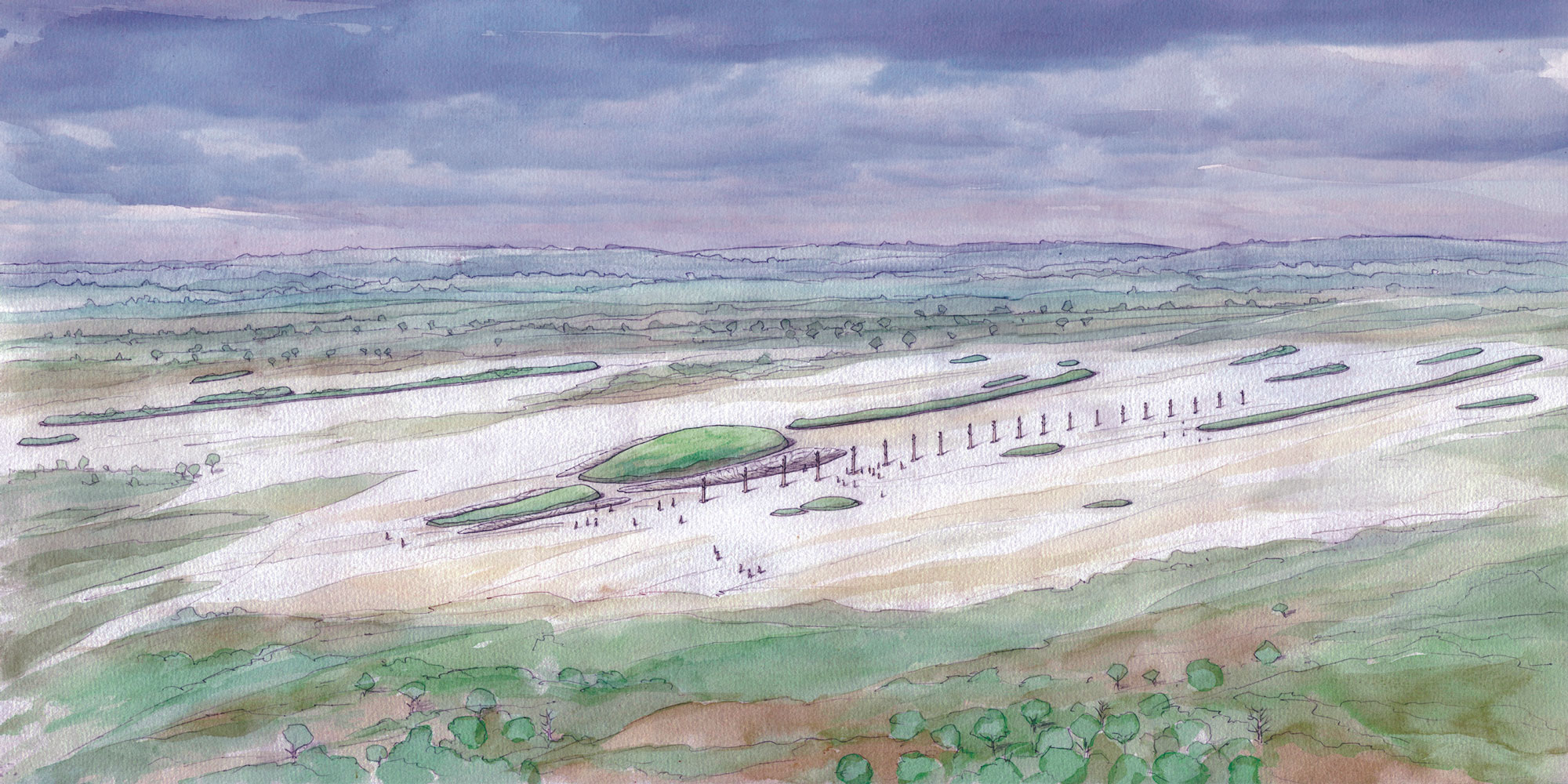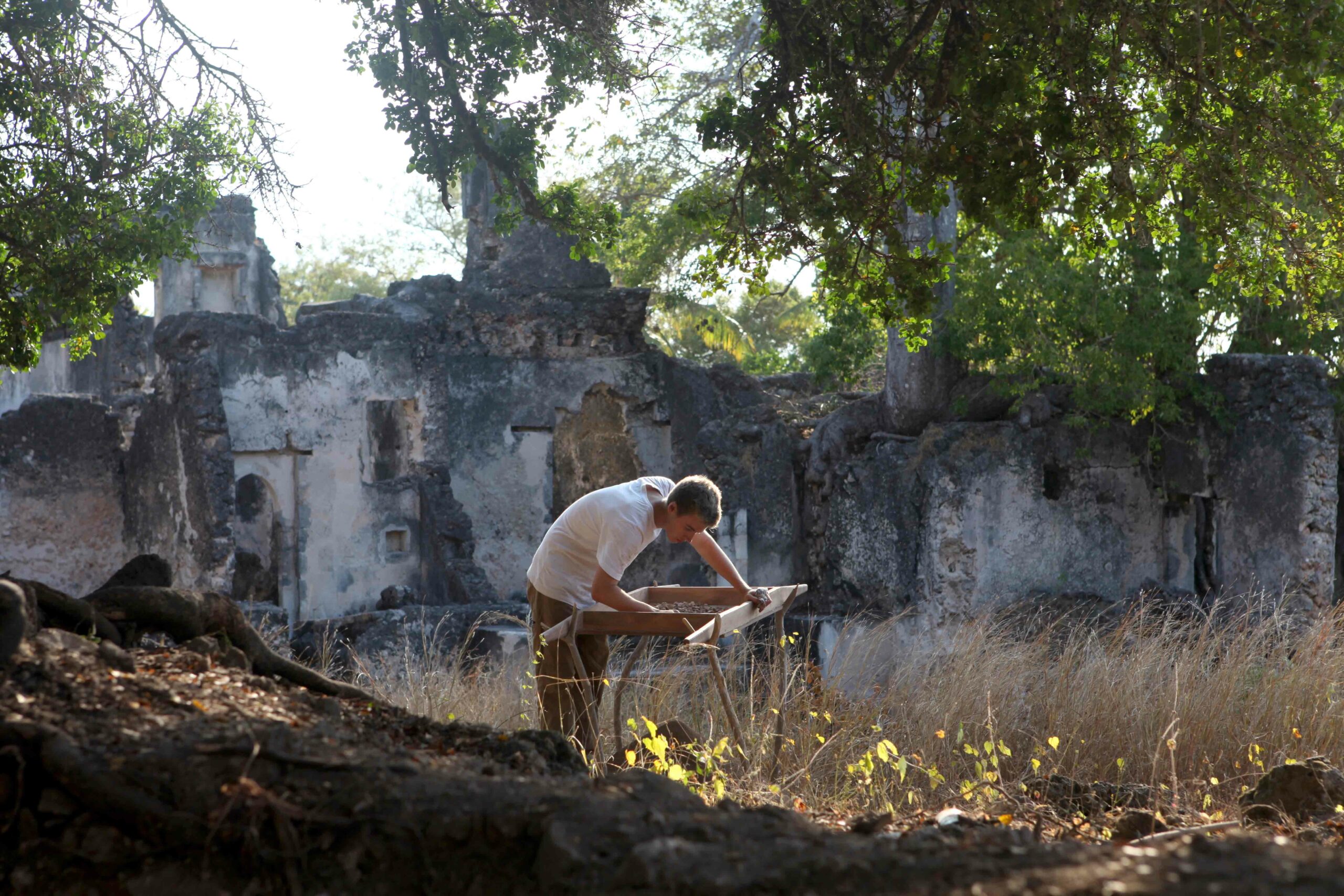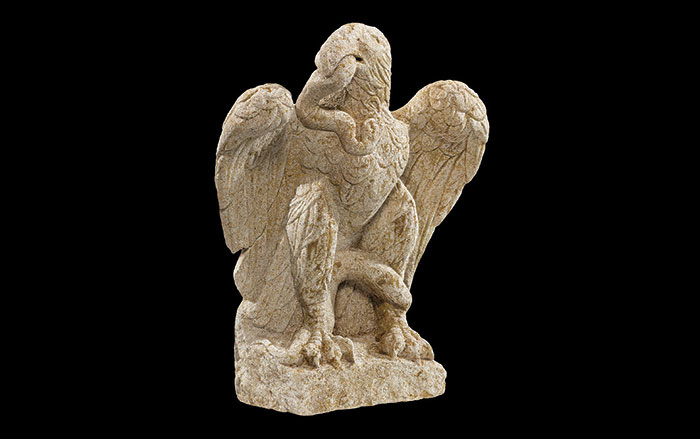
PANAMA CITY, PANAMA—Human collection of the largest Caribbean fighting conchs (Strombus puglis) from the shallow lagoons of Panama’s Bocas del Toro over the past 1,500 years has resulted in the shellfish reaching maturity at a smaller size, according to a study of subsistence harvesting conducted by a team of ecologists, paleontologists, and archaeologists. Mature shells from 7,000 years ago, before humans settled in the region, held 66 percent more meat than the shells of today’s animals. Shells harvested by humans over time were also recovered from middens for the study. “These are the first evidence that low-intensity harvesting has been sufficient to drive evolution. The reason may be because the conch has been subjected to harvesting for a long period of time,” Aaron O’Dea of the Smithsonian Tropical Research Institute told Red Orbit.









